Yoga vs Meditation – Understanding the Similarities and Differences
The post Yoga vs Meditation – Understanding the Similarities and Differences appeared first on The Yoga Nomads.
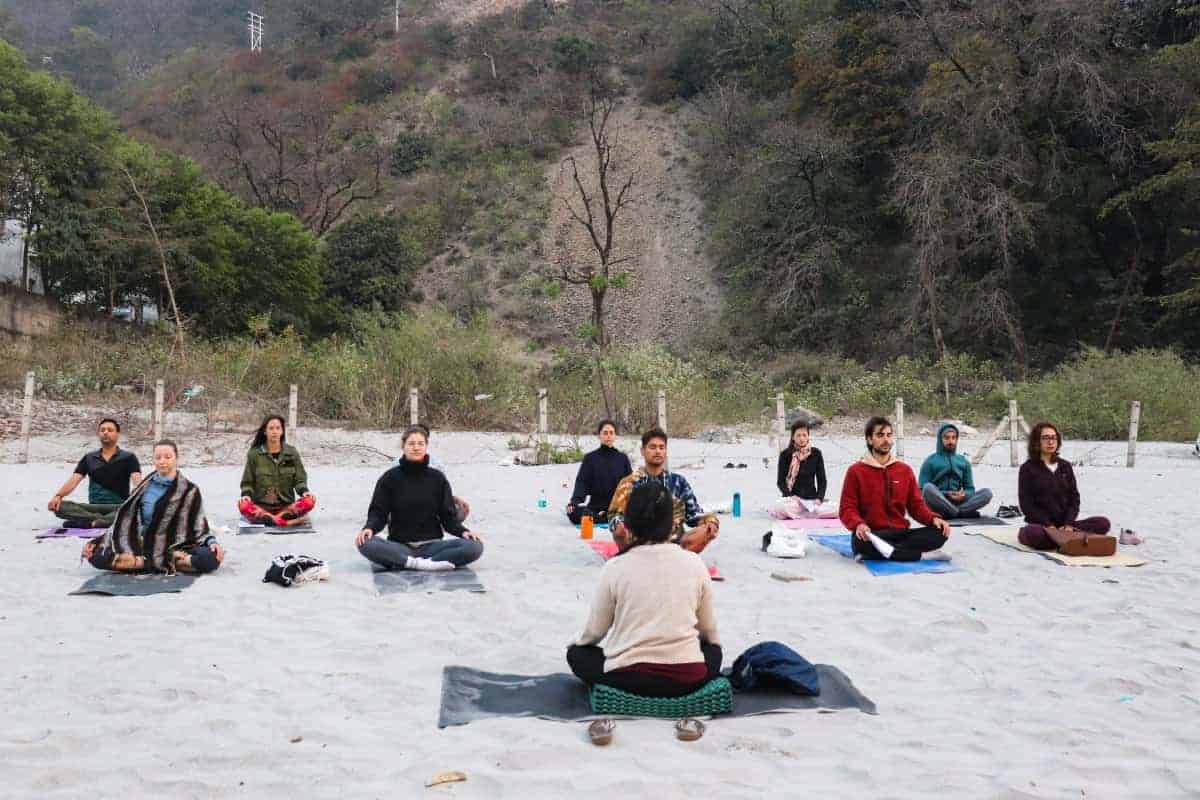
If you are new to the world of yoga and meditation, you might think that these two practices are the same thing. The truth is that yoga and meditation have many similar aspects but they are two different practices. If you want to find out what the difference is and which practice is better for you to try, then keep reading!
There are many benefits of practicing both yoga and meditation, either together or separately, but the most important thing is to simply give it a try and see how it feels for you.
Yoga vs Meditation – the Key differences
Meditation practice is a part of yoga, but yoga is not a part of meditation. Both yoga and meditation have different goals and motivations for continuing the practice.
While yoga is focused on building physical strength and overcoming physical challenges while remaining in a calm headspace, meditation is about reaching a state of inner peace and stillness, sometimes without even moving a muscle.
Both meditation and yoga have a deeper vision of gaining more self-awareness through the practices, which can be true if you follow all the principles of yoga practice. But if you look at simply the yoga asana vs seated meditation practice, then these two practices have many differences to offer.
Yoga – building physical strength
Yoga practice involves moving the whole body. There is a strong focus on physical asana practice, meaning a variety of poses, to create an effect in the body. This effect may be to build more strength, more relaxation, more resilience, and the overall ability to master the physical aspect of the body.
Developing a yoga practice is something that can be built over many sessions, not just one single yoga class. To improve your ability to do the yoga poses and to follow the guided instructions, commitment, and regular practice needs to take place.
Meditation – creating space for the mind
On the other hand, meditation is a practice for the mind. It can be done either in movement or in complete stillness. Most meditation styles are practiced in stillness, and this is to reduce the focus on the physical body and instead, keep the focus on the mind.
Meditation is about creating mental stability, and it is a practice that supports mental health. It invites you to look at what your mind is doing, what thoughts you repeatedly think, and what your current mental health state is.
Meditation will also become easier over time as you get used to keeping your mind in a meditative state.
The Origins of Yoga Practice – A physical practice for the mind and body
Yoga is a spiritual practice that was initially developed in Ancient India. The earliest yogic spiritual texts, called the Vedas, were thought to have been composed in 1000 BC. This means that yoga has been practiced for over 3000 years!
The original texts were all written in the Ancient Indian language, Sanksrit. The word ‘yoga’ means to ‘yoke’ or to ‘unite’ the mind, body, and spirit. It is thought that by connecting deeply to yourself, you are able to tap into a deeper connection that runs throughout the whole universe. Yogis and ancient seers, hidden away in the jungle used both yoga and meditation to find this state of deep connection. They were always seeking enlightenment, or Samadhi, a state of transcendence from the physical body.
By developing yoga, they had a set of guidelines that they could follow to reach this ecstatic state of eternal bliss. These guidelines were passed on by mouth from the guru to the student until one day, a sage called Patanjali, wrote them down.
Yoga Sutras of Patanjali – The first written yogic texts
The earliest written text of yoga was the Yoga Sutras of Patanjali. He is believed to be the first person to record the key aspects of yoga practice. In his book, he described a system called Ashtanga Yoga that included eight limbs. The eight limbs of yoga are:
Yama – ethical standardsThese are five key areas to focus on including nonviolence, truthfulness, non-stealing, restraint, and modesty. Niyama – spiritual observances
The five niyamas are focused on ways to conduct yourself in the world. These include cleanliness, contentment, practicing spiritual austerities, the study of both yourself and spiritual texts, and surrender to God (or universal energy). Asana – yoga poses
This is the aspect of yoga that is most commonly identified as being ‘yoga’ itself. The asanas are a set of traditional yogic postures. Each one has a certain effect, with benefits for the body. Pranayama – breathing exercises
Breathing is an important part of yoga practice. Often pranayama is practiced before, during, or after the physical asanas to help tone the body. Pratyahara – sensory transcendence
This is about moving inward and developing a state of awareness about your inside world. This is when yoga starts to move into a more meditative space. Dharana – concentration
Single-pointed focus helps to bring the mind into meditation. By practicing concentration, one can then progress into the meditative place of the next limb, Dhyana. Dhyana – meditation
Meditation is a practice that can be done alone, to bring the body and mind into harmony. The ultimate goal is to attain a meditative mind while you practice yoga. Samadhi – transcendence
The final outcome of true yoga is where enlightenment or transcendence happens. This is a similar goal to one who meditates.
Most people think that yoga in the modern world is simply limb number three, asana practice, but this is a common misconception.
If we look deeper into yoga and focus on limbs six and seven (concentration and meditation), we will find that classical yoga includes more than just movement.
The many types of physical yoga that are practiced today include:
Hatha Yoga – hatha yoga sessions have a strong focus on the yoga poses and alignment of the body. There is a deep connection between the body and the breathing exercises and the goal is to allow the breath to travel freely through the body in each of the physical poses. Ashtanga Yoga – this style of yoga class is a very strong practice that follows set sequences of physical postures. Starting with sun salutations, the practice then grows into more challenging sequences. Vinyasa – this style is often combining yoga poses with one breath. This means one breath is one movement and you have to be in the present moment to keep up! This type of yoga flows through a variety of poses and levels to suit beginners and advanced yogis alike. Vinyasa is commonly known as the modern type of yoga. Yin – is a beautiful, slow, and nourishing type of class that holds relaxing poses for around three to five minutes. Yin works passively rather than actively on the body, providing an alternative to the other strong and physical practices of yoga. Yin is also a more meditative and mental practice rather than physical. Antaranga yoga – this path of yoga leaves the physical practice behind and focuses specifically on the final three limbs of yoga – Dharana, Dhyana, and samadhi. This type of yoga could be compared to being the most similar to meditation practice, thought of as a type of ‘yoga meditation’.History of Meditation Practice
Meditation has been practiced in many cultures over thousands of years, usually with the aim to reach spiritual enlightenment or transcendence. It is a tool that can cultivate self-awareness and mental clarity, and perhaps this is part of the reason that so many people choose to follow a meditation practice today.
From Zen Buddhist monks in Southeast Asia, to Shamanic tribes in the Amazon, to Indian gurus sitting in caves in the Himalayas, the history of meditation is very hard to track down to a single origin. But what we do know, is that meditation practice has stood the test of time.
When meditation was taken from the East and introduced to the western world, many new meditation practices started to emerge as people loved the physical and mental health benefits that they started experiencing.
Currently, the major types of meditation being used today are:
Mindfulness meditation – this practice focuses on being in the present moment. To stay present, one often returns to the flow of their breath or a new awareness of what is happening within them. Mindfulness meditation focuses on body scans, thought observation, and breathing exercises to cultivate present-moment awareness. Vipassana meditation – this type of meditation involves large periods of silence and observation of oneself. To be introduced to Vipassana, one must undertake a 10-day silent retreat to learn the full extent of the techniques and to drop deep into the practice. Moving meditation – another style that involves moving rather than stillness. This meditation is focused on present-moment awareness by thinking about how you are walking, or how each muscle in your body is moving.Many more meditation styles are used around the world, such as guided meditations, or stillness meditations. There is no one-size-fits-all, but there is an opportunity to try to keep a regular meditation practice to experience some of the promised benefits.
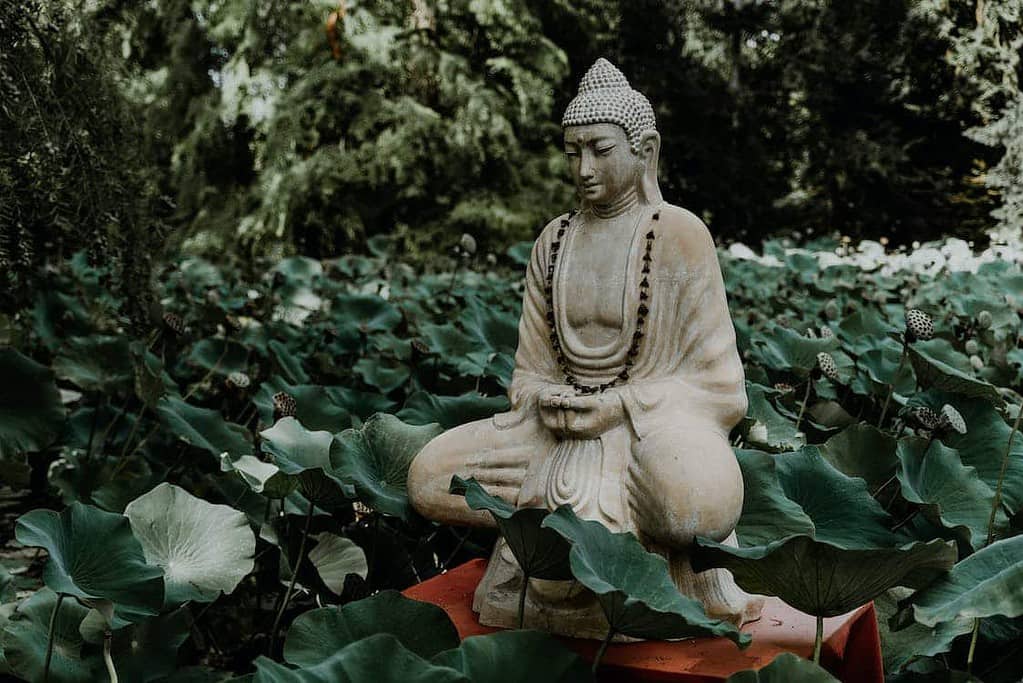
Should you practice yoga or meditation?
Choosing yoga vs meditation is like choosing to wear purple or blue today. There is no right or wrong and it is ultimately up to personal choice. But for a holistic approach to both emotional health and physical health, one might like to add a little bit of both practices into their life.
We also know that new habits take time to integrate, so let’s compare the benefits of yoga and meditation and determine how you would benefit most from introducing yoga and meditation into your life.
Health benefits of yoga practices
Yoga sessions that include full-body movement can have many physical benefits. Studies have shown that regular yoga practice has helped with stress management and the maintenance of a healthy lifestyle. There are also studies that show yoga can reduce blood pressure and perhaps even improve sleep quality!
Yoga, when done in a supportive environment, can help to improve physical issues such as improved mobility and balance. It can also be used therapeutically to reduce the severity of chronic pain, particularly in the lower back.
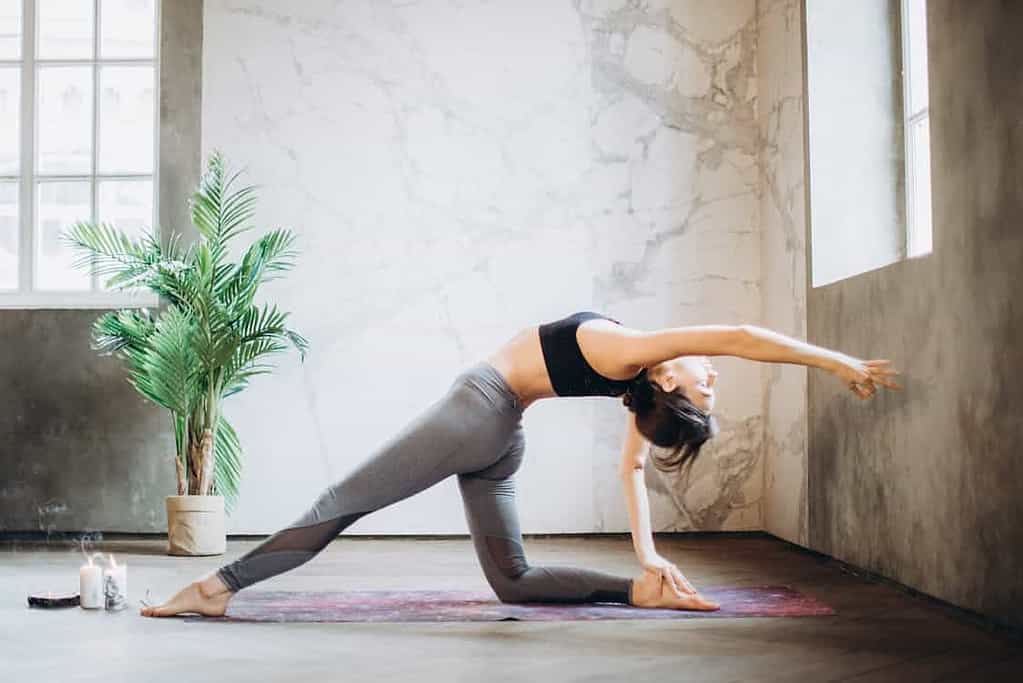
Health benefits of meditation practices
Regular meditation practice will help to support mental well-being and to create more stable emotions. Meditation helps to assist in stress relief and to create a more positive and productive mental state with better emotional health.
Meditation can help to improve the immune system and support the body from a holistic perspective.
By meditating, one can reduce stress and therefore activate the parasympathetic nervous system (rest and digest mode), which has an impact on reducing blood pressure and improving cardiovascular health.
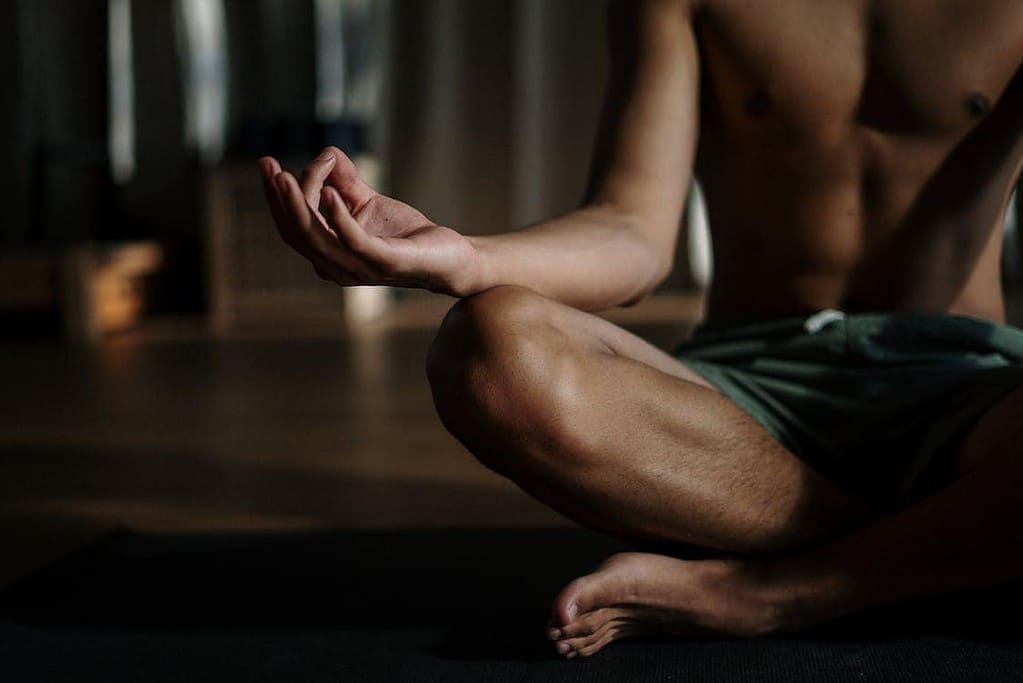
How to Combine Yoga and Meditation
Meditation and yoga together help to create many benefits for overall health such as stable emotions, improved sleep quality, and better quality of life. If you want to build strength, try yoga, if you want to build better mental health try meditation. But for the best results try a combination of meditation and yoga, even just a few minutes daily to soak up all the benefits that these two modalities have on offer.
Upon waking, doing a few yoga poses (even some relaxing poses in bed), followed by five to ten minutes of meditation will put you in the right headspace to take on any challenges that the day might present to you!
As your practice progresses, you will naturally want to try longer classes and longer meditations to connect deeper with your inner self. After all, that inner self is the guiding compass that will support you throughout your life’s journey.
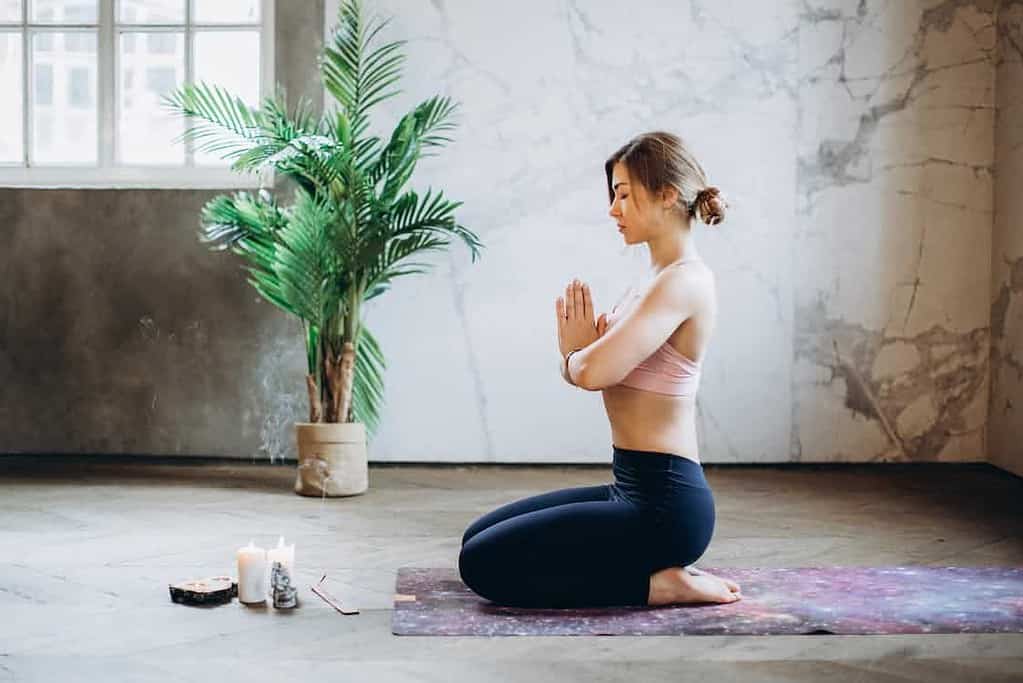
Frequently Asked Questions
What is the main difference between yoga and meditation?
Yoga is more of a physical practice combining a range of yoga poses, whereas meditation is most commonly done in stillness (either seated or laying down).
Should I start with yoga or meditation?
Depending on the benefits that you seek, you can choose to begin with either yoga for physical practice or meditation for mental health support. For the best benefits, you can choose to incorporate both into your life as they complement each other very well!

 Tfoso
Tfoso 








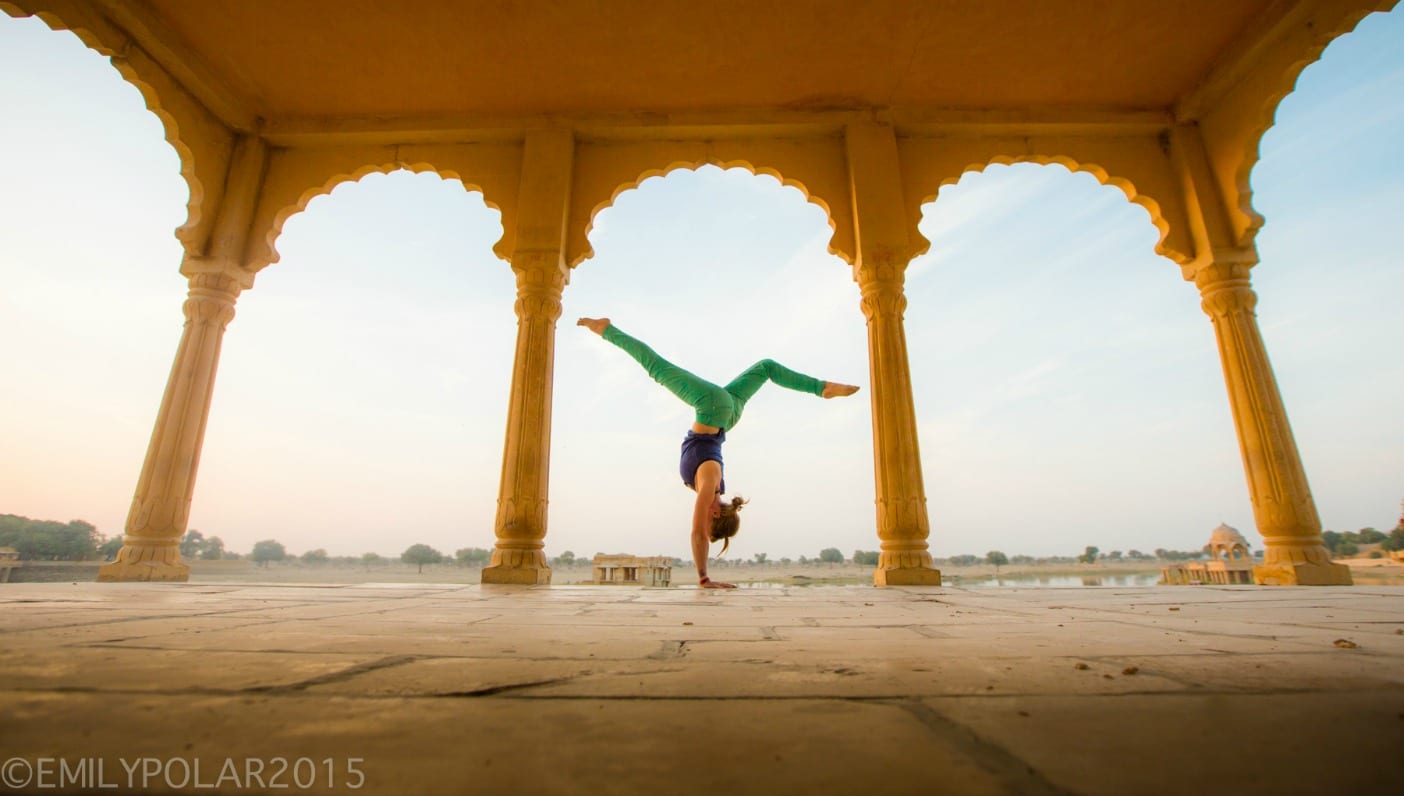















.jpg&h=630&w=1200&q=100&v=f776164e2b&c=1)





